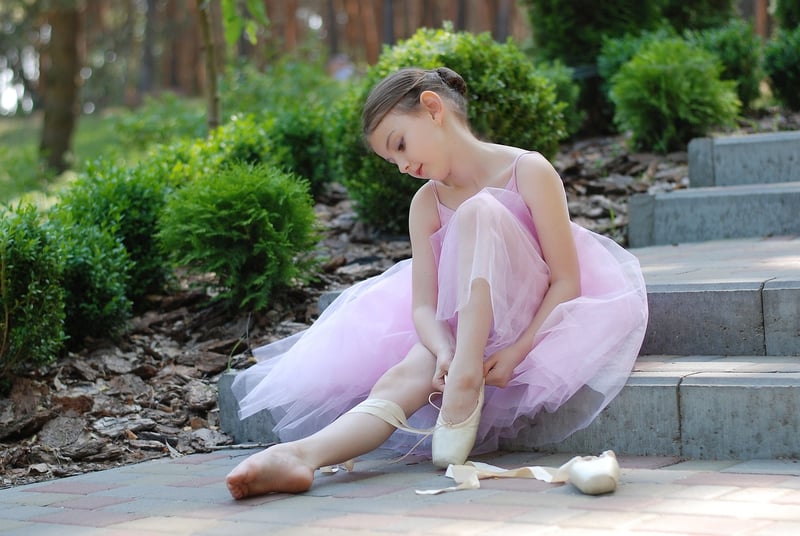Salsa
Exploring Expressive Movement Forms: Salsa Dance

Salsa dancing is not just a form of physical activity but also a deeply expressive art form that allows individuals to communicate through movement. Originating from the Caribbean, particularly Cuba and Puerto Rico, salsa has gained popularity worldwide for its lively rhythms, intricate footwork, and passionate partner dance elements.
The Origins of Salsa
Salsa is a fusion of various dance styles, including Cuban Son, cha-cha-cha, mambo, and other Latin dances. The term "salsa" was coined in New York City during the 1970s to describe a mix of different rhythms and cultures present in Latin music and dance.
Expressive Elements of Salsa
One of the key aspects of salsa dancing is its expressiveness. Dancers use body movements, facial expressions, and hand gestures to convey emotions, tell stories, and connect with their partners and the music. The close connection between partners in salsa allows for a dynamic exchange of energy and emotions on the dance floor.
Benefits of Salsa Dancing
- Improves cardiovascular health
- Enhances coordination and balance
- Boosts mood and reduces stress
- Builds social connections and communication skills
- Increases self-confidence and body awareness
Learning Salsa
Whether you're a beginner or an experienced dancer, learning salsa can be a rewarding experience. Many dance studios offer salsa classes for all levels, where you can hone your skills, meet new people, and immerse yourself in the vibrant world of Latin dance.
Conclusion
Salsa dance is not just a form of movement but a powerful means of self-expression and connection. Its energetic rhythms and expressive movements make it a popular choice for those looking to explore the world of dance and music.
Embark on a salsa dance journey today and let the music guide your every step!
